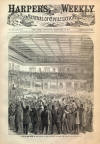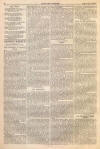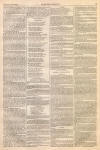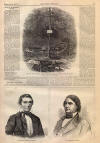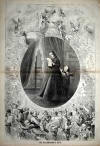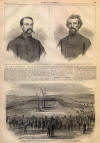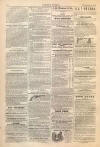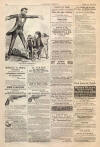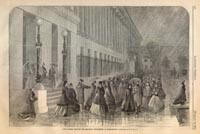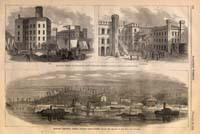General Nathan Bedford Forrest
|
|
This Site:
|
FEBRUARY 18, 1865.] HARPER'S WEEKLY. 109 GEN. JOHN C. BRECKINRIDGE, REBEL SECRETARY OF WAR.—[PHOTOGRAPHED BY MINNIS, RICHMOND.)THE REBEL GENERAL N. B. FORREST.—[PHOTOGRAPHED BY T. J. SHELBY, CORINTH, MISS.]GEN. JOHN C. BRECKINRIDGE.MAJOR-GENERAL JOHN C. BRECKINRIDGE has just been appointed rebel Secretary of War, in place of SEDDON, resigned. The past political and military career of Mr. BRECKINRIDGE is already familiar to our readers. He was born near Lexington, Kentucky, January 21, 1821; was educated for the profession of law, but at the breaking out of the war with Mexico he entered the military service, though so late that he saw but little active service. Upon his return he was elected to the Kentucky Congress, and in 1851 to the United States Congress. In 185G he was elected Vice-President, and in virtue of that office became President of the Senate, being the youngest officer who ever held that position. He was nominated for President in 1860 by the extreme Southern party, but was defeated. Elected to the Senate, he held his seat (luring most of the Extra Session beginning July 4, 1861. Toward the last of the Session he went over to the Confederates, and published a letter stating his reasons for taking this step. He was afterward formally expelled from the Senate for disloyalty. His military career has not been a remarkable one. He first entered the campaign in Kentucky. He participated in the battle of Stone River, having risen previous to that date to the rank of Major-General. He held an important command in Louisiana in the summer of 1863. On the 5th of August he attacked the Federal garrison at Baton Rouge and was repulsed. His later campaigns in East Tennessee or in Virginia have not brought him any enviable distinction as a military officer. It remains to be seen what he can accomplish as Confederate Secretary of War. GENERAL N. B. FORREST.We give above a portrait of Major-General N. B. FORREST, the great cavalry leader of the Confederates in the Wrest. He has been connected with the war from the first, and the most daring of the Confederate raids have been accomplished by his command. He had a brigade of cavalry at Fort Donelson, and to prevent being captured with the garrison he cut his way out with a portion of his command. In our advance southward he has been a most formidable enemy, falling upon our communications, capturing our supply trains, or swooping down upon some feebly defended town as he did upon Memphis last summer. It was General FORREST, without doubt, that saved General HOOD'S army from utter destruction, by covering his retreat across the Tennessee. MILITARY EXECUTION NEAR CITY POINT, JANUARY 27, 1865.—SKETCHED BY JOHN R. HAMILTON.--[SEE NEXT PAGE.]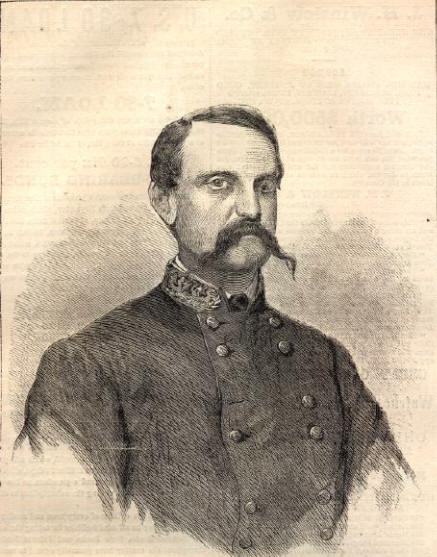 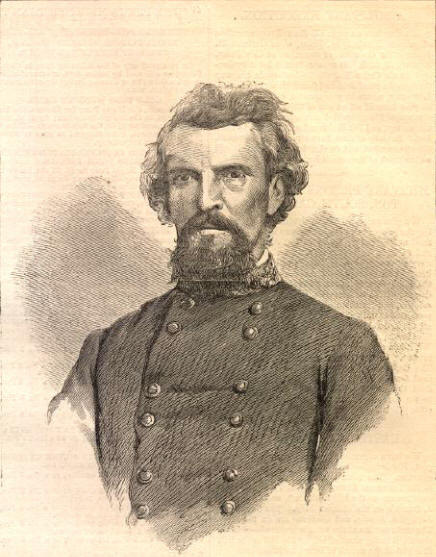 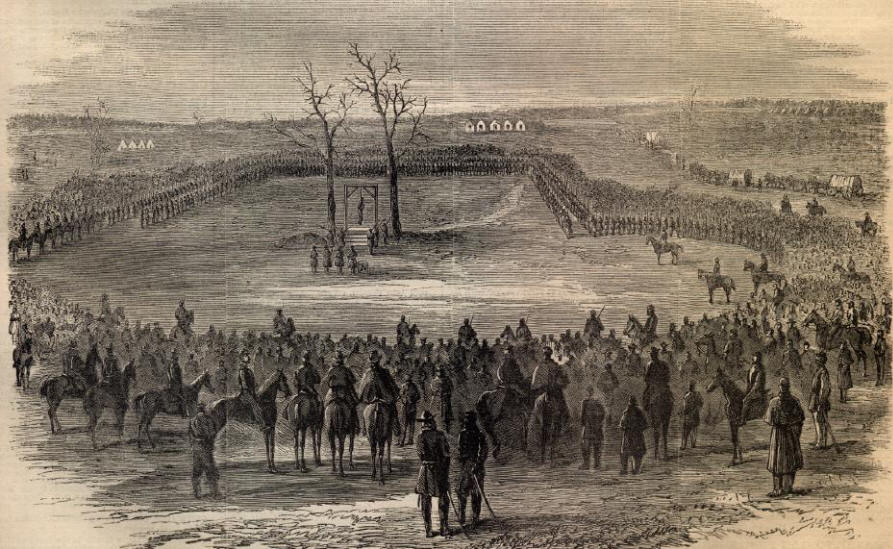 |
||||||||||||||||||||||||
|
|
||
|
|
Site Copyright 2003-2018 Son of the South. For Questions or comments about this collection, contact paul@sonofthesouth.net |
|
|
Are you Scared and Confused? Read My Snake Story, a story of hope and encouragement, to help you face your fears. |
||
